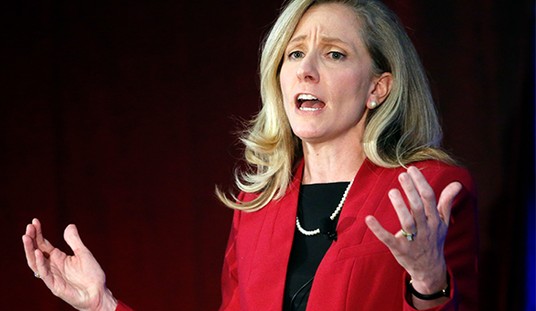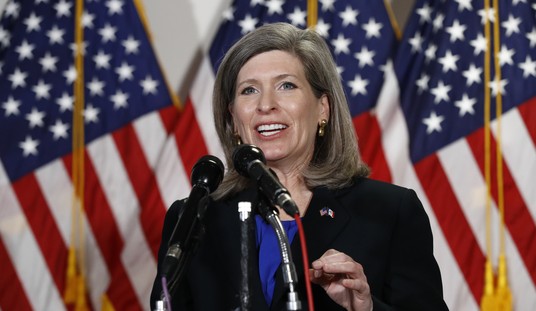Debt was a much bigger topic of conversation during the Obama administration. Republicans mostly arguing it was reaching a critical level and progressives mostly suggested we shouldn’t worry too much about it (We can always mint that $1 trillion coin). Today the CBO released new long-term projections of federal debt which suggest it will nearly double as a percentage of GDP by 2049:
In our extended baseline projections, budget deficits drive federal debt held by the public to unprecedented levels. Debt rises from 78 percent of gross domestic product (GDP) in 2019, which is already high by historical standards, to 144 percent by 2049. Our projections of debt, which are slightly lower than last year’s, incorporate our central estimates of various factors, such as productivity growth and interest rates on federal debt.
There are several big caveats, the first of which is that these long-term projections are highly sensitive to assumptions about growth and interest rates:
For example, if the growth of total factor productivity in the nonfarm business sector was one-half of one percentage point higher each year than we project, all else being equal, debt in 2049 would equal 106 percent of GDP; if such growth was one-half of one percentage point lower, debt that year would equal 185 percent of GDP. If interest rates were one percentage point lower each year than we project, debt in 2049 would equal 107 percent of GDP; if they were one percentage point higher, debt that year would equal 199 percent of GDP.
But the current estimates also assume that Congress won’t make changes to current law that make things substantially worse:
If, instead of maintaining current law, lawmakers enacted legislation to maintain certain major policies now in place—most significantly, if they prevented a cut in discretionary spending in 2020 and an increase in individual income taxes in 2026—then debt held by the public would increase even more, reaching 219 percent of GDP by 2049.
If any of the really bad scenarios happen then the cost of servicing federal debt will soon eclipse the discretionary portion of the budget:
We project that net outlays for interest would more than triple in relation to the size of the economy over the next three decades, exceeding all discretionary spending by 2046.
All of this seems like a long way off because it is, but even the best case scenarios here aren’t very good. Also not mentioned in any of these projections is what will likely happen if Democrats take over the White House and Senate again at some point in the next decade. One of the big drivers of our future debt is entitlement programs. What happens when Democrats achieve enough power to put single payer in place i.e. an additional $30+ trillion over ten years. The current projections will look modest by comparison to what Presidents Sanders or Warren might institute.
All the excerpts above come from the summary. The full report including some nice graphs (like the one above) can be found here.








Join the conversation as a VIP Member